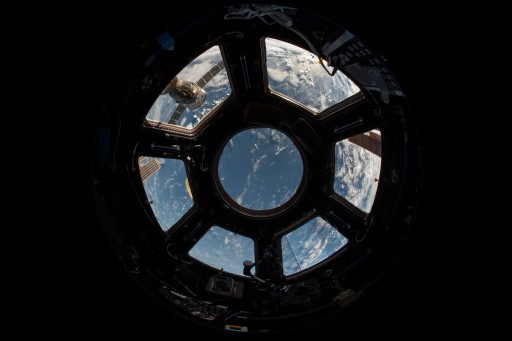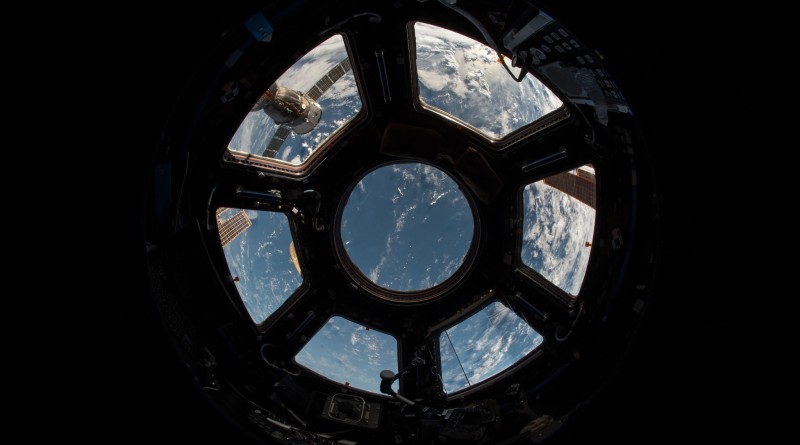ISS Operations Update – November 18, 2015

Experiments:
Cognition [Cognition, also known as Individualized Real-Time Neurocognitive Assessment Toolkit for Space Flight Fatigue uses a battery of tests to measure how spaceflight-related physical changes (microgravity, lack of sleep quality, diet) can affect the cognitive performance of humans during long-duration space flights. The experiment consists of ten brief computer-based tests that cover a range of cognitive functions and deliver immediate feedback on current and past results. A good neurocognitive function for effective performance during space missions makes an investigation of sleep and fatigue in space an absolute necessity. The testing operation consists of a sleep questionnaire and subjective evaluations at the beginning followed by the ten tests that focus on: sensor-motor ability, visual object learning and memory, attention and working memory, abstraction, spatial orientation, emotion recognition, abstract reasoning, complex scanning & visual tracking, risk decision making, and vigilant attention and psychomotor speed.]
FLEX-2 – Ground-Controlled Experiment Run[FLEX-2 – FLame Extinguishment Experiment 2 – monitors the burning process of small fuel droplets to study the unique characteristics of fire in microgravity. The experiments looks at the rate and manner the fuel burns and the conditions that are necessary for soot to form. Also, the mechanisms of fuel evaporation before burning are studied to provide a better understanding of the burning process in space for improvements in liquid-fueled engines for application in space flight.]
Ocular Health – Cardiac Ultrasounds [OH is a human physiology study. Its full name is Prospective Observational Study of Ocular Health in ISS Crews. “The Prospective Observational Study of Ocular Health in ISS Crews (Ocular Health) protocol aims to systematically gather physiological data to characterize the Risk of Microgravity-Induced Visual Impairment/Intracranial Pressure on crewmembers assigned to a 6 month ISS increment,” the NASA experiment overview said. It is known that some (not all) astronauts in orbit experience changes in visual acuity (visual clarity) and intraocular pressure as a result of fluid shifts within the body as it is subjected to microgravity. About 20% is astronauts flying to ISS have reported these kinds of changes. Test subjects will undergo pre-flight, flight and post-flight testing of their eyes using a variety of techniques.]
NanoRacks Platform-3 Biorack Experiment Controller Installation
Saliva & Urine Sample Collection for Kelly Twins Study
Biochemical Profiles [The Biochemical Profiles study obtains blood and urine samples from long-duration space travelers before, during and after space flight to monitor specific proteins and chemicals that act as biomarkers and allow an assessment of particular biological, biochemical, biophysical processes that affect the health of a human. Conducting frequent sampling allows for the generation of a database of samples and test results which allows scientists to study the effects of spaceflight on the physiology of humans and it also allows an assessment of countermeasures associated with exercise and nutrition. The experiment consists of eight in-flight sessions comprised of a fasting blood draw and 24-hour urine collection. Body mass measurements on a monthly basis are also evaluated as part of the study.]
Sleep ISS-12 [The ISS-12 experiment monitors the ambient light exposure and crew member activity and collects data on the subjective evaluation of sleep and alertness. Ambient light and activity are monitored via a wrist-worn actiwatch that delivers actiwatch spectrums that are put through bio-mathematical models of sleep and light to predict circadian phase. Sleep logs will be kept by crew members as a subjective assessment of sleep quality and duration. It is hoped that this investigation can deliver requirements for lighting, sleep-shifting protocols and workloads for future space exploration missions.]
Relaksatsiya Experiment Ops [Relaxation is an Earth Observation Experiment that uses the Photospectral Hardware to acquire spectral and photographic imagery of Earth’s surface and atmosphere under ground commanding.]
Integrated Resistance and Aerobic Training Study (Sprint) [This study evaluates a high-intensity, low-volume exercise protocol to minimize the loss of muscle, bone and cardiovascular function but also minimizing the time spent with daily exercise. To asses the protocol, crew members conduct regular measurements of VO2max, heart rate (HR) response to submaximal exercise and ventilatory threshold. Monthly ultrasounds of the thigh and calf are used to evaluate spaceflight-induced changes in the muscle volume. Post-flight data on muscle and bone mass is compared to pre-flight measurements and to data from control subjects that use the regular exercise protocol.]
Maintenance/Systems:
Nominal Inspections/Servicing Tasks (Morning Inspection, Caution & Warning Panel Check, Sozh System Maintenance) (Russian Crew)
IMAX Video Downlink
Trace Contaminant Control System – Charcoal and Sorbent Beds Replacements
Return Air Grill Cleaning in Kibo
Port Solar Array Wing (SAW) Photo Survey
Nitrogen/Oxygen Recharge System (NORS) Leak Check
Vacuum Cleaning of ВД1 and ВД2 air ducts in Pirs
Other Activities:
Robotics: Zarya Photo Array Photo Survey using Canadarm2
Soyuz TMA-17M Kazbek Seat Liner Fit Checks

